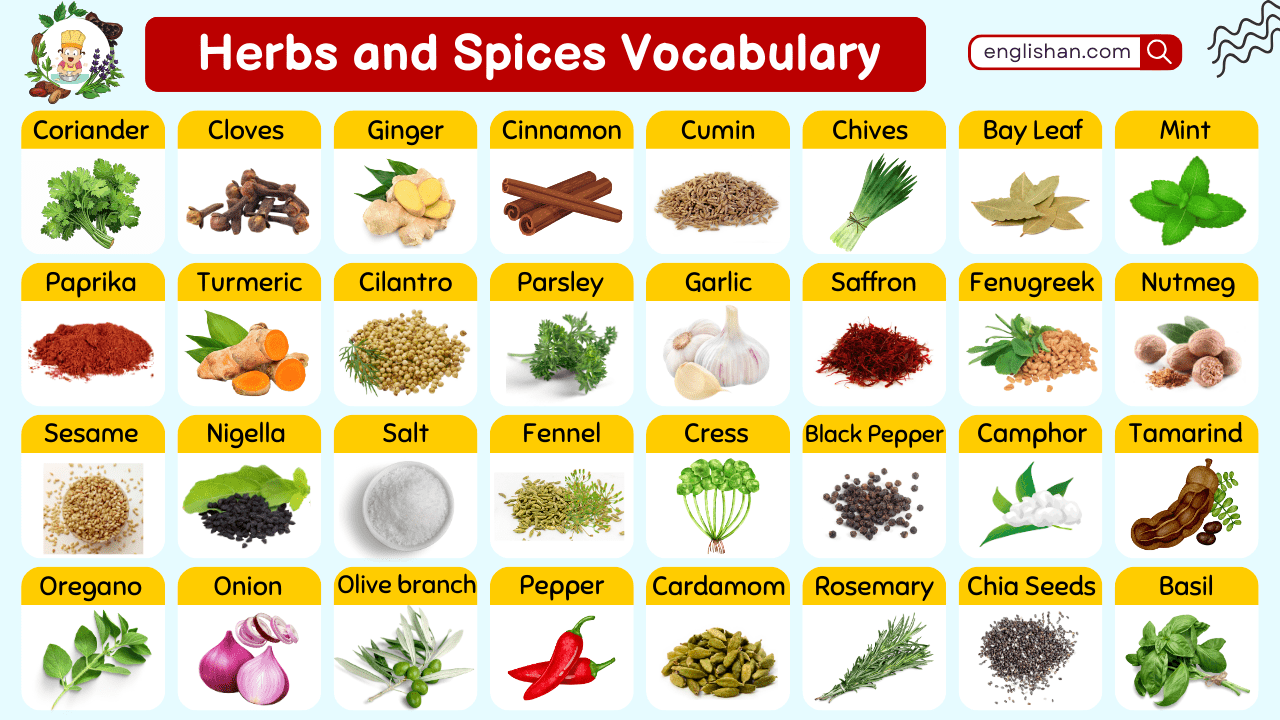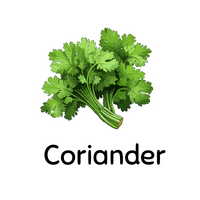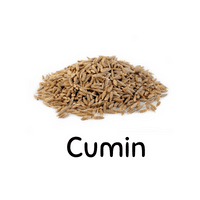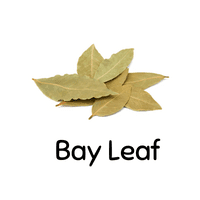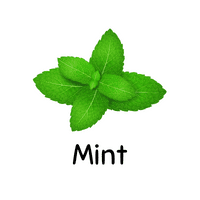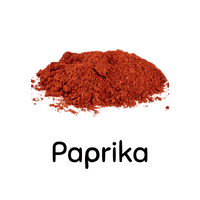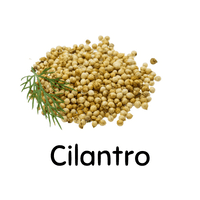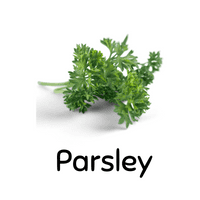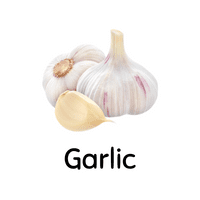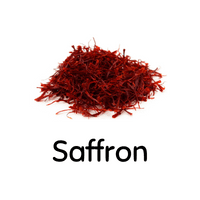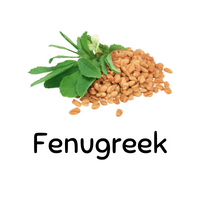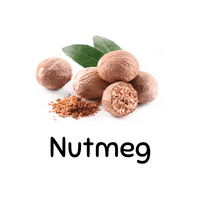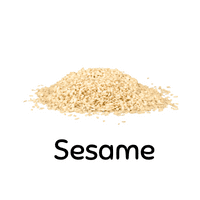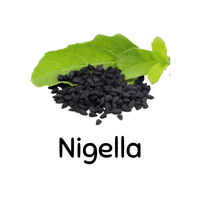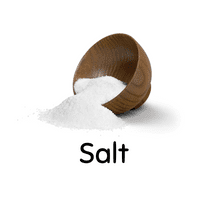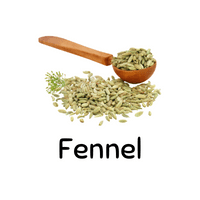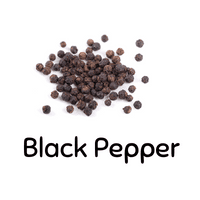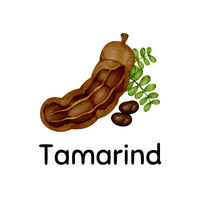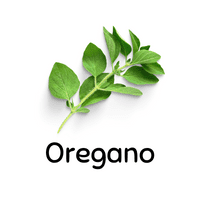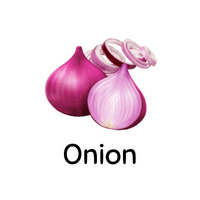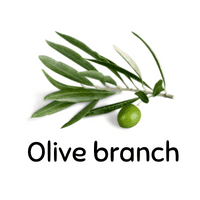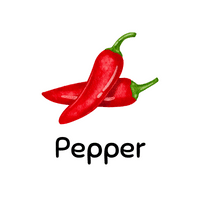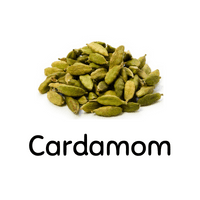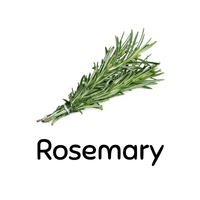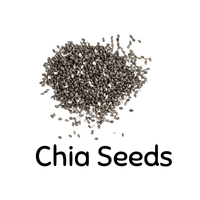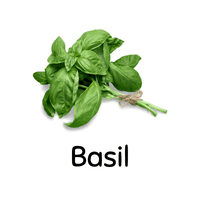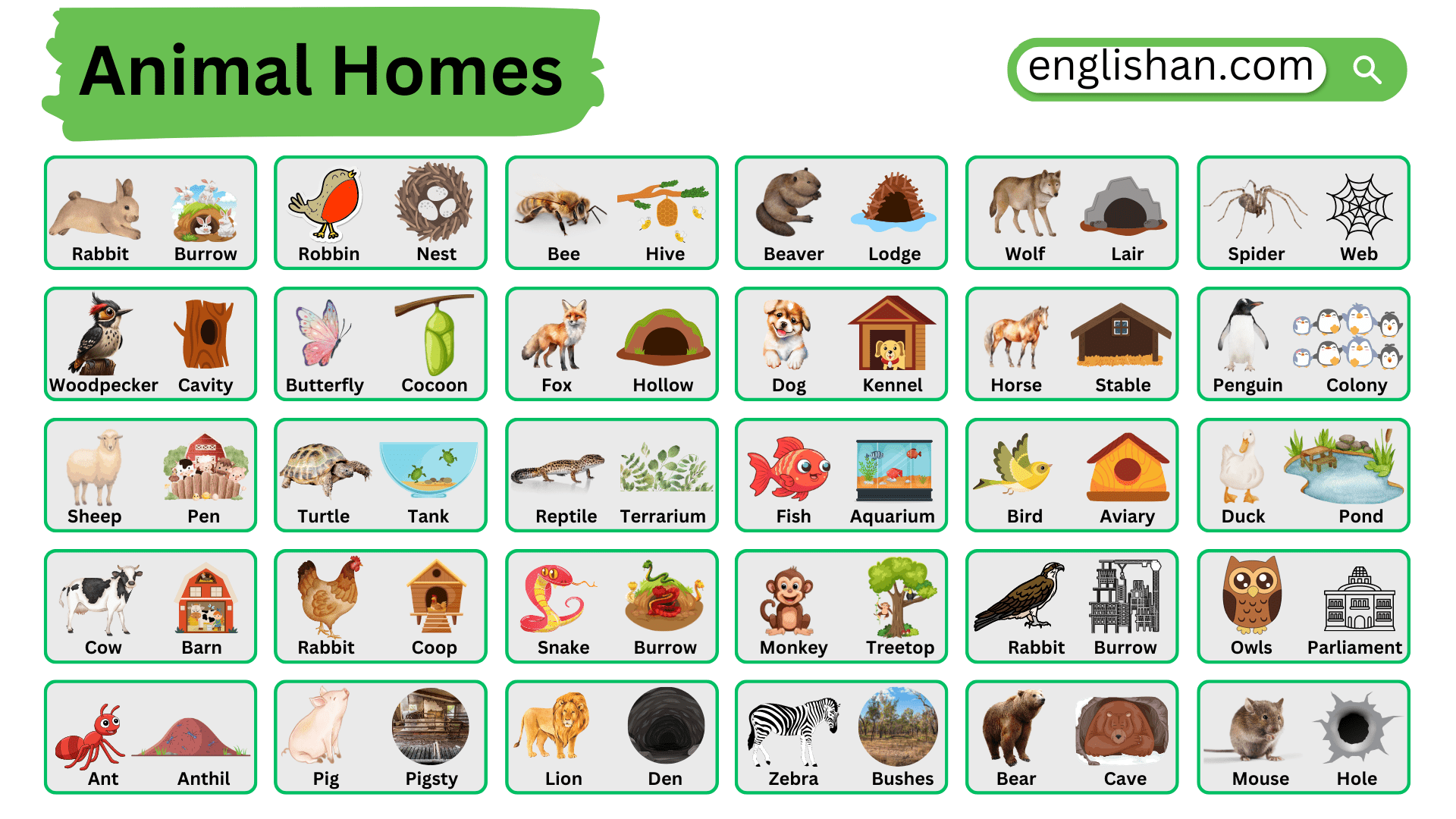Contents
In this blog post, you will learn the herbs and spices vocabulary in both Urdu and English. Knowing the names of herbs and spices in two languages will help you expand your cooking vocabulary and improve your language skills. Understanding these words is useful for anyone looking to talk about food and flavors in English with more confidence.
To learn more vocabulary on different topics, visit our Vocabulary Category.
Herbs and Spices Vocabulary with Images
Here is a list of Herbs and Spices Vocabulary in English with Pictures:
Herbs and Spices Vocabulary with Urdu Meanings
| Cardamom Brown | 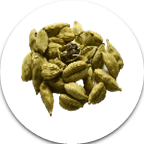 | بڑی الائچی |
| Nutmeg | 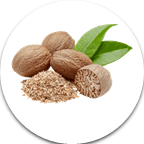 | جائفل |
| Fennel | 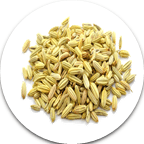 | سونف |
| Gooseberry Powder | 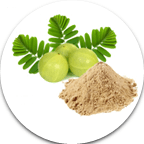 | آملہ پاؤڈر |
| Cinnamon | 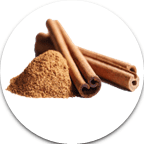 | دار چینی |
| Saffron | 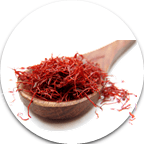 | زعفران |
| Turmeric | 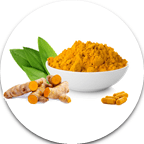 | ہلدی |
| Sesame | 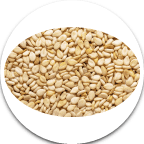 | سفید تل |
| Black pepper | 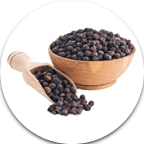 | کالی مرچ |
| Pomegranate Seeds | 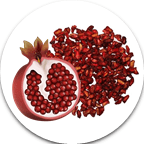 | انار دانہ |
| Bay Leaf | 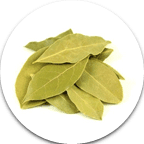 | کڑی پتہ |
| Poppy Seeds | 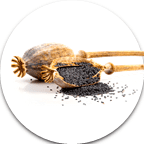 | خشخاش |
| Garlic | 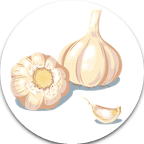 | ادرک |
| Cloves | 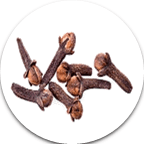 | لونگ |
| Nigella Seed | 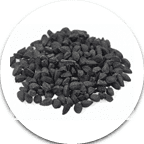 | کلونجی |
| Fenugreek Seeds | 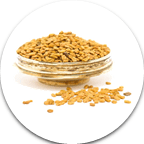 | میتھی دانہ |
Learn More About Herbs and Spices Vocabulary
Bay Leaf:
Also known as “Tez Patta” in Urdu, bay leaves are fragrant leaves used in cooking for their aroma. They are widely used in curries and biryanis to enhance their flavor. Additionally, they are rich in digestive properties, making them an important ingredient in traditional dishes.
Black Pepper:
Known as “Kali Mirch” in Urdu, black pepper is popular for its sharp and spicy taste, making it a versatile spice. It is commonly used as a seasoning, adding heat and depth to savory dishes. Moreover, it is rich in antioxidants, making it both flavorful and beneficial for health.
Cardamom:
“Choti Ilaichi” or cardamom is a fragrant spice often used in desserts and tea. Its sweet and aromatic flavor brings warmth to dishes and is a key component in many sweets.
Cayenne Pepper:
Also called “Lal Mirch” in Urdu, cayenne pepper adds heat to various dishes. This spice is rich in capsaicin, which not only adds spice but also offers health benefits, including metabolism boost and pain relief.
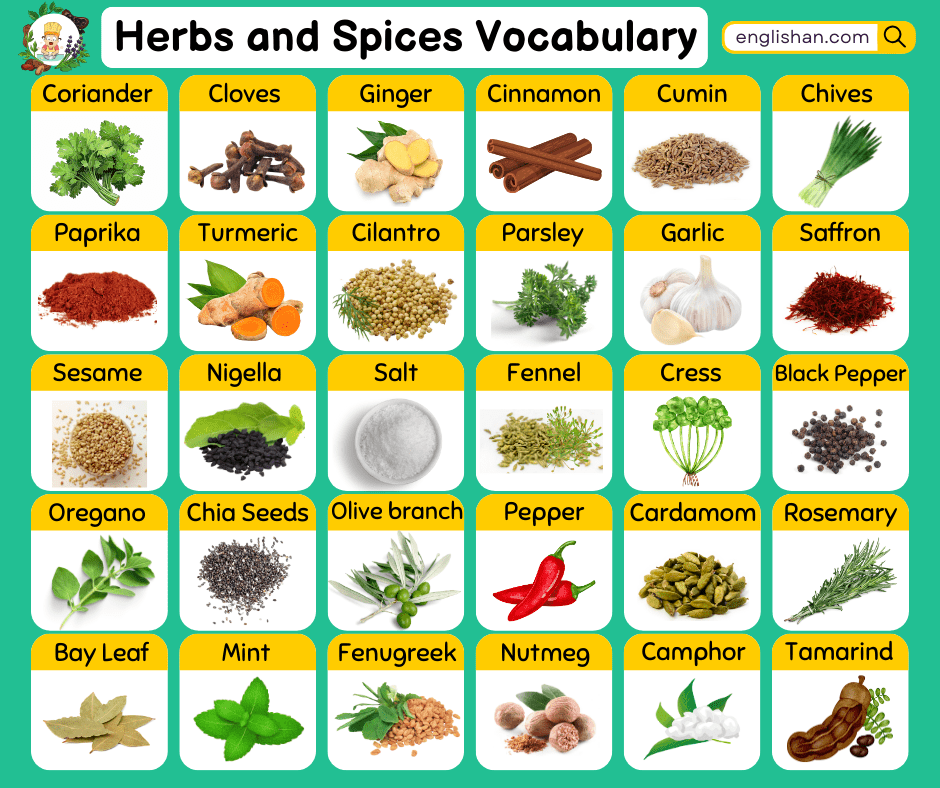
Clove:
“Laung” in Urdu, cloves are aromatic flower buds used to add a rich, warm flavor to dishes. They are a common inclusion in spice blends and are used in both sweet and savory recipes.
Cumin:
“Zeera” is an essential spice, known for its earthy and warm taste. Cumin is often used in spice blends, curries, and rice dishes.
Fennel:
“Sounf” or fennel seeds have a sweet, licorice-like taste and are often chewed after meals for their digestive properties. They are also used in spice blends and desserts.
Pomegranate Seeds:
“Anar Dana” or pomegranate seeds have a sweet and tangy flavor. They are used in chutneys, salads, and rice dishes, adding a burst of freshness. They are also valued for their potential health benefits, including being rich in antioxidants.
Herbs:
Basil:
Basil, or “Tulsi” in Urdu, is a fragrant herb known for its bright green leaves. It adds a distinctive flavor to various dishes, commonly used in salads, sauces, and soups. It is also valued for its medicinal properties, believed to promote digestion and boost immunity.
Cilantro (Coriander):
“Dhania” or coriander is a versatile herb used in cooking. Both the leaves and seeds are employed, with the leaves offering a fresh, delectable taste, and the seeds adding depth to spice blends.
Mint:
“Pudina” is a refreshing herb used in chutneys, raitas, and teas. Its cooling properties make it a popular choice during hot weather.
Garlic:
“Lehsan” in Urdu, with its pungent and savory taste, is an essential kitchen ingredient. It enhances the flavor of numerous dishes, from pasta to stir-fries. Garlic is celebrated not only for its culinary versatility but also for its potential health benefits.
Ginger:
“Adrak” complements both sweet and savory recipes. Ginger is prized for its anti-inflammatory properties and is often used for its potential health benefits.
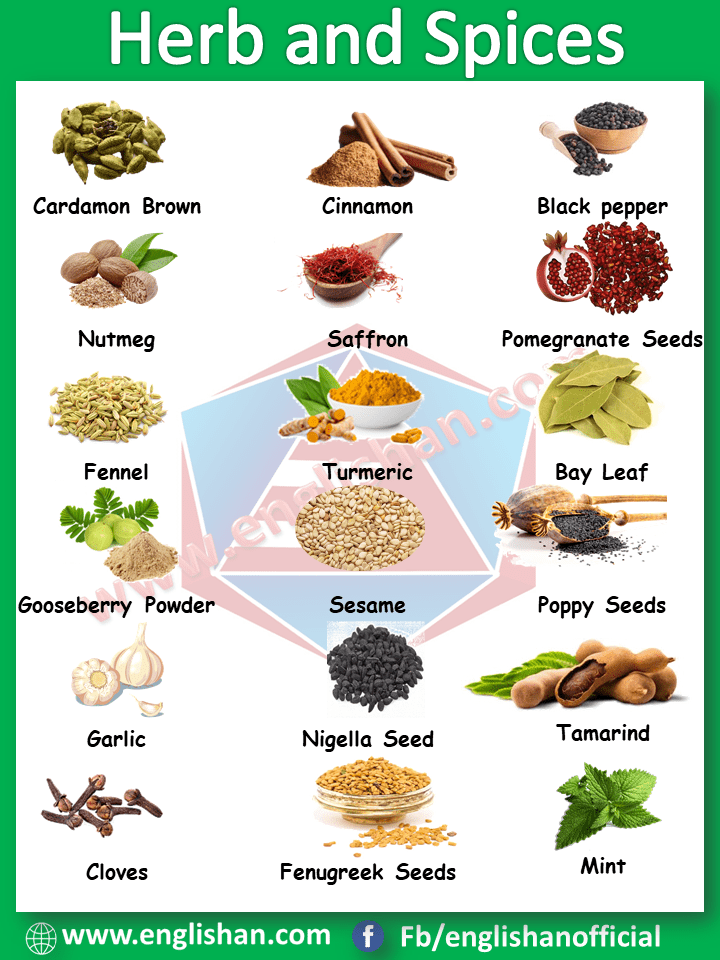
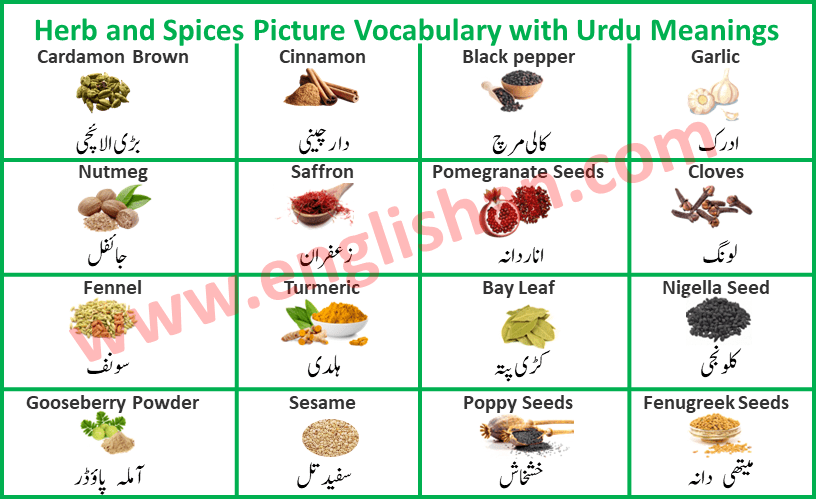
FAQs
There are different types of herbs:
Cooking Herbs: Like basil, parsley, and oregano for food.
Medicinal Herbs: Like ginger and chamomile for health.
Scented Herbs: Like lavender and rosemary for their smell.
Tea Herbs: Like mint and lemon balm for herbal teas.
Spicy Herbs: Like turmeric and cayenne for flavor.
Herbs can be used in cooking, healing, and more!
Herbs are the fresh or dried leaves of plants used for flavor, smell, or health, like basil, parsley, or mint. Spices come from other parts of plants, like seeds, roots, bark, or fruits, such as cinnamon, pepper, or turmeric. Both add taste and aroma to food and are often used in cooking and medicine.
Another word for herbs and spices is seasonings. They are used to add flavor and aroma to food.
Here are some popular herbs:
Basil – Great for pasta and sauces.
Parsley – Used for flavor and garnish.
Mint – Perfect for drinks and desserts.
Rosemary – Tasty with roasted meats.
Thyme – Good for soups and stews.
Cilantro – Used in salsa and spicy dishes.
Oregano – Perfect for pizza.
Chives – Adds a mild onion taste.
These herbs are easy to use and add flavor to your food!
The king of all herbs is often considered to be basil. It is widely used in many cuisines, especially Italian, Thai, and Mediterranean dishes. Basil is loved for its strong aroma and unique flavor, making it a favorite in cooking.
You May Also Like
